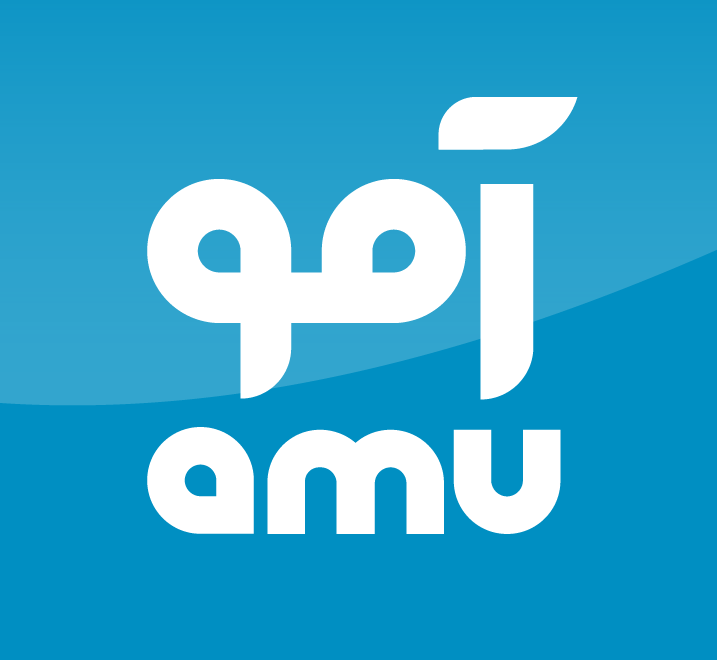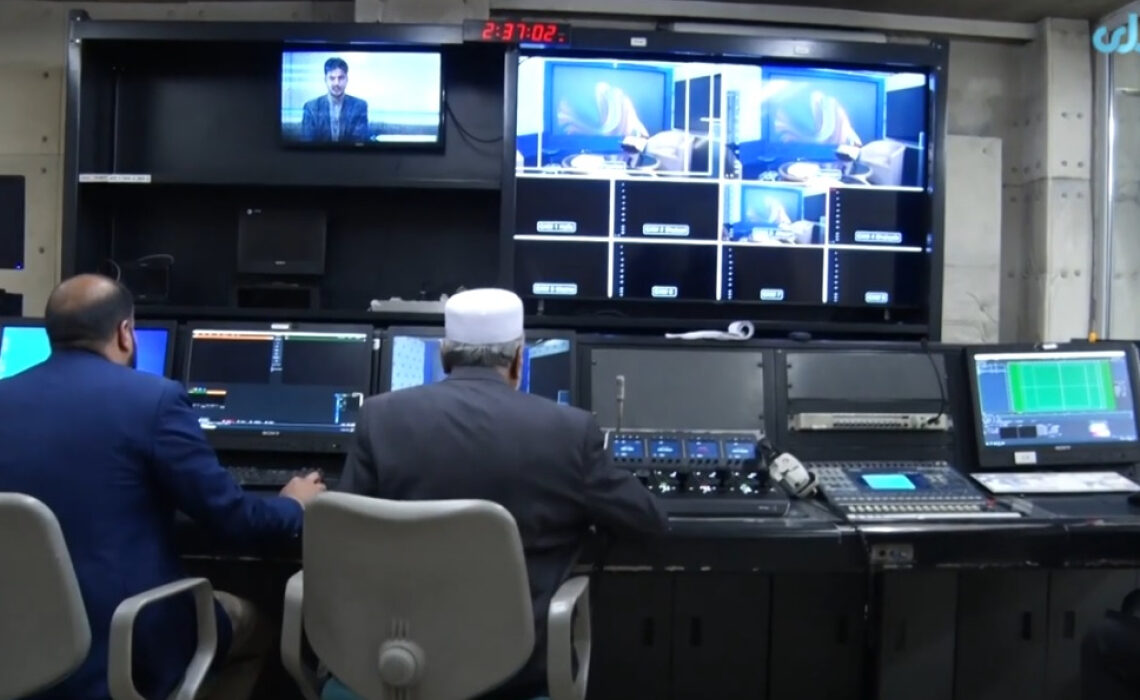The Afghanistan Journalists Center has reported 181 cases of media rights violations in the country over the past year, including the closure of 18 outlets due to new restrictions imposed by the Taliban and the detention of 50 journalists.
In its annual report, the center noted an 8 percent increase in the suppression of media freedoms in 2024 compared to the previous year. The report describes an intensifying crackdown under the Taliban’s opaque media policies, highlighting an escalation in restrictions and censorship.
Taliban’s mixed messaging on media laws
The report underscores a growing divide within the Taliban administration over media governance. On one side, Taliban spokespeople and officials from the Ministry of Information and Culture have publicly expressed support for media operations under the framework of Afghanistan’s previous media laws, which nominally protected press freedoms.
The Ministry has stated that revisions to the media law and the Access to Information Act are nearing completion and will be implemented with “minor changes.” Yet, the report found that the Ministry’s authority over media matters has been sidelined by more powerful Taliban factions.
Restrictions and enforcement intensify
The report points to an increasingly dominant role played by the General Directorate of Intelligence and the Ministry for the Promotion of Virtue and Prevention of Vice in imposing media restrictions. A newly enacted law from the latter ministry has expanded the powers of religious police to monitor and regulate media content, including direct interventions against journalists and outlets.
Among the newly enforced restrictions in 2024 were bans on live broadcasting of political programs, critical coverage of Taliban policies, and airing of programs or interviews with guests not approved by the administration. Other mandates included prohibiting women’s voices on air in certain provinces, barring visual depictions of living beings, and requiring media to use terms like “martyr” when reporting deaths of Taliban officials.
At least seven new directives were issued to media outlets in 2024, up from four in the previous year. These included:
Prohibitions on filming or conducting video interviews with local Taliban officials in certain provinces.
Bans on live political debates and airing content critical of Taliban laws.
A ban on publishing or broadcasting images of living beings, as specified in the controversial new law on virtue and vice.
The enforcement of these directives often involved threats or arrests, with non-compliance leading to penalties such as temporary or permanent closures of media outlets.
Ongoing violations and dwindling media freedom
The Afghanistan Journalists Center documented 131 cases of threats and 50 detentions of journalists in 2024, with at least five reporters sentenced to prison terms ranging from two to five years.
While no targeted attacks on journalists or media infrastructure were reported—a notable positive shift from 2023, when one journalist was killed and 19 others injured—the overall increase in violations paints a grim picture for press freedom.
The report found that of the 18 media outlets forced to shut down in 2024, 14 remained closed as of this report’s release.
Since the Taliban’s return to power in August 2021, the group has issued at least 15 media directives. These have ranged from banning women from working in state-run and private media outlets to prohibiting music and international television broadcasts, as well as censoring critical coverage of Taliban officials.
Despite the Taliban’s assurances of a forthcoming media law, the Afghanistan Journalists Center warned that the overall environment for press freedom has grown more restrictive. The reliance on punitive measures and the sidelining of regulatory mechanisms suggest that Afghanistan’s media landscape is likely to remain under severe strain.





